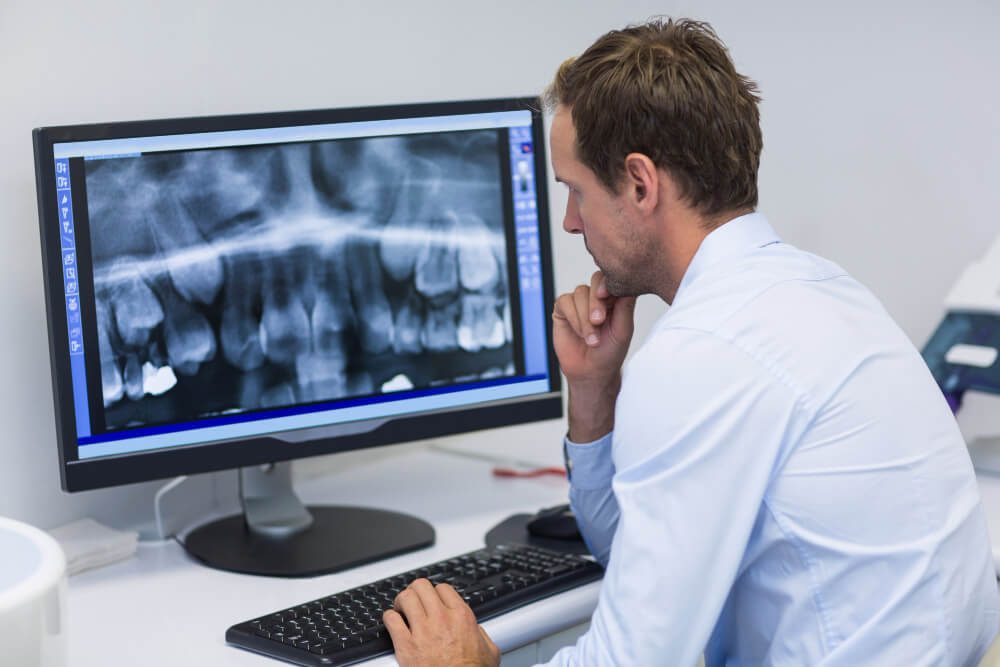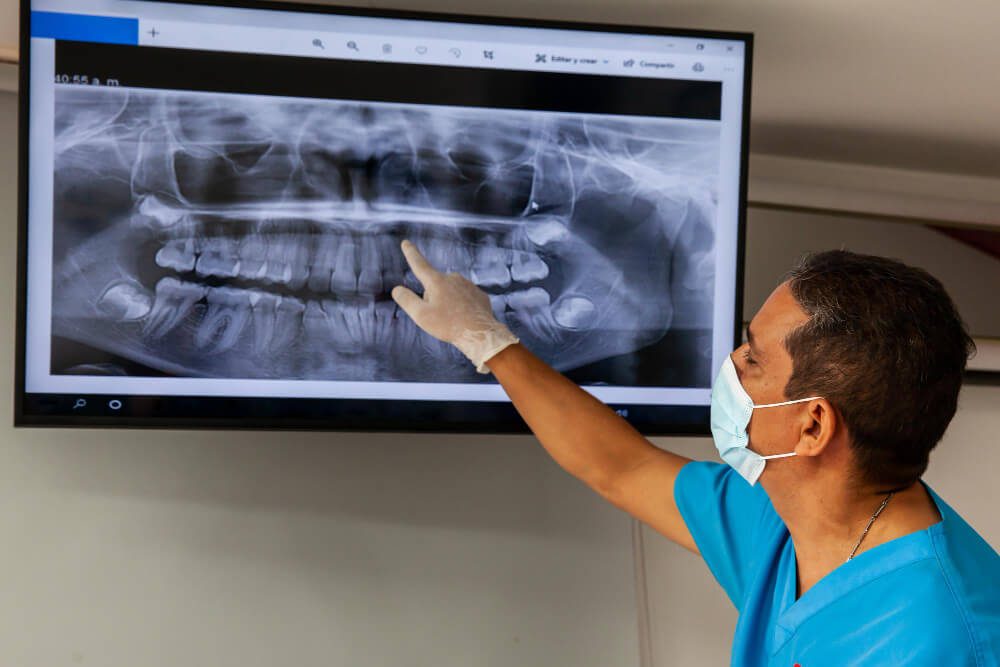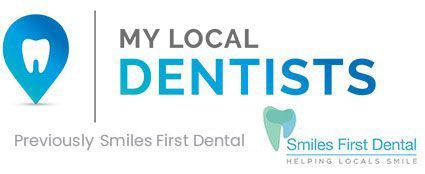Dental X-rays: Detect Hidden Oral Health Issues Early

Sometimes, a dental mirror and visual exam just aren’t enough. While your dentist can spot surface-level issues during a check-up, some problems hide beneath the surface—literally. That’s where dental X-rays come in.
These detailed images allow your Northmead dentist to see what’s happening under your gums, between your teeth, and inside your bone structure.
Whether you’re a new patient or seeing your long-time dentist for routine care, dental X-rays contribute significantly to the health of your smile by catching problems early—before they become bigger, more painful, or more expensive to treat.
Why Are Dental X-rays Necessary?
Your mouth holds a lot more than meets the eye. Tooth decay, gum disease, abscesses, impacted teeth, and bone loss often start silently. You might not feel pain or notice visible symptoms until things have progressed significantly.
Dental X-rays provide your dentist with a comprehensive view of your oral health. They can reveal the early stages of decay, monitor bone health, detect infections, and guide treatment planning. Without them, you’re essentially leaving your oral health up to guesswork.
Switching to a new dentist? X-rays are also a helpful baseline tool, giving your provider a full picture of your dental history and current condition. They make it easier to track changes over time and personalise your treatment.
Procedures for Dental X-rays
The process behind dental X-rays is fairly straightforward but incredibly powerful. Here’s a quick breakdown of how they work:
- When the dental X-ray passes through the mouth, teeth and bones are the ones that will absorb more rays than gums and tissues. Thus, teeth appear lighter on the concluding X-ray image.
- Darker spots on the image indicate decay and infection since they don’t consume much radiation. Your dentist will use X-ray details to detect disease, abscesses, and other growing abnormalities, such as impacted wisdom teeth.
- If you have existing dental restorations—such as fillings, crowns, or implants—their appearance on the X-ray depends on their material. Others are seen to be dark, while some appear light. With the help of these results, your dentist can recognise any parts that need consideration or adjustment, irrespective of the kind of dental restoration you have.
What Dental X-rays Can Reveal
Dental X-rays are incredibly versatile and can assist in diagnosing a wide range of oral health conditions.
For adults, they are often used to identify:
- Areas of decay located in between teeth
- Changes in the bone or root canal infection
- Dental abscess
- Decay that is present under an existing filling
- Bone loss that follows gum disease
- Expose cysts and other kinds of tumours
- Conditions that require preparation for treatments like implants, dentures, braces and other dental procedures
Children are applied with dental X-rays for the following cases:
- Detecting cavities in baby and emerging adult teeth
- Monitoring the development of incoming teeth
- Ensuring there is enough space for permanent teeth to erupt
- Keeping track of wisdom teeth development and any potential alignment issues

Are Dental X-rays Safe?
One of the most common questions about dental X-rays is whether they are safe. The answer is yes—with modern techniques and equipment, the level of radiation exposure is extremely low. Digital X-rays, which are widely used today, require even less radiation than traditional film-based versions.
Thyroid collars and lead aprons are further safety measures dentists use to shield your body from needless exposure. Plus, X-rays are only taken when necessary, based on your needs and health history.
How Often Should You Get Dental X-rays?
There’s no one-size-fits-all answer. Age, present oral health, disease risk, and any symptoms you may have affect how frequently you need dental X-rays.
If you’re a new patient, your Northmead dentist can suggest a complete series of X-rays to create a baseline. After that, routine X-rays may be taken every 1–2 years—or more often if an issue needs monitoring.
Children and teens may need them more regularly to keep up with rapid teeth and jaw structure changes.
Dental X-rays in Northmead
Dental X-rays are crucial in detecting serious dental concerns not visible to the naked eye. To get efficient dental X-ray results that involve modern technology regarding dental X-rays, visit My Local Dentists, your trusted dental care partner.
With our excellent skills in dentistry, we provide incomparable assistance for the wellness of your general oral health.
Ready to stay ahead of hidden dental problems? Call us on (02) 9630 9996 or book online.
Visit us at 19/5-7 Kleins Rd in Northmead.
